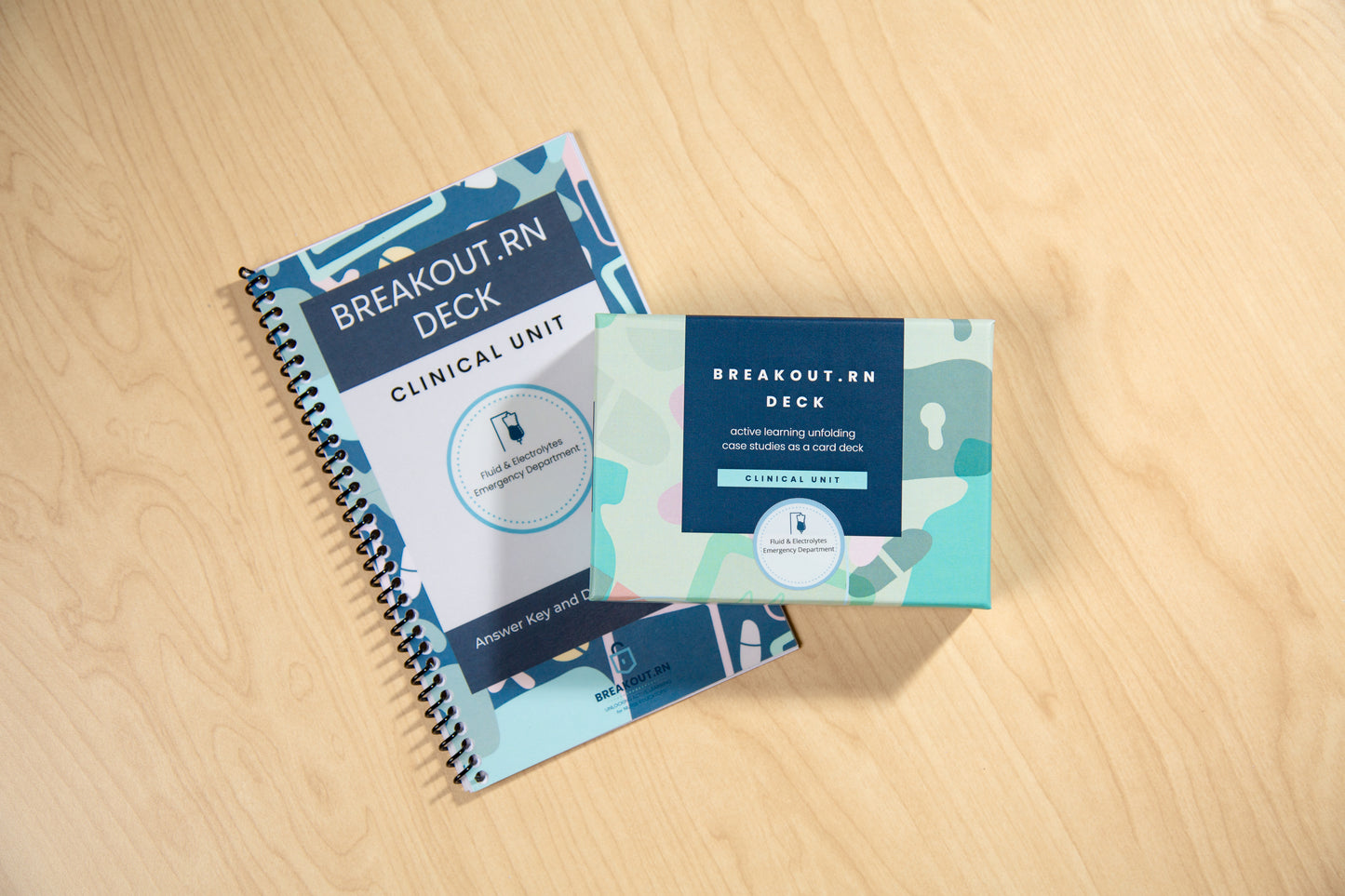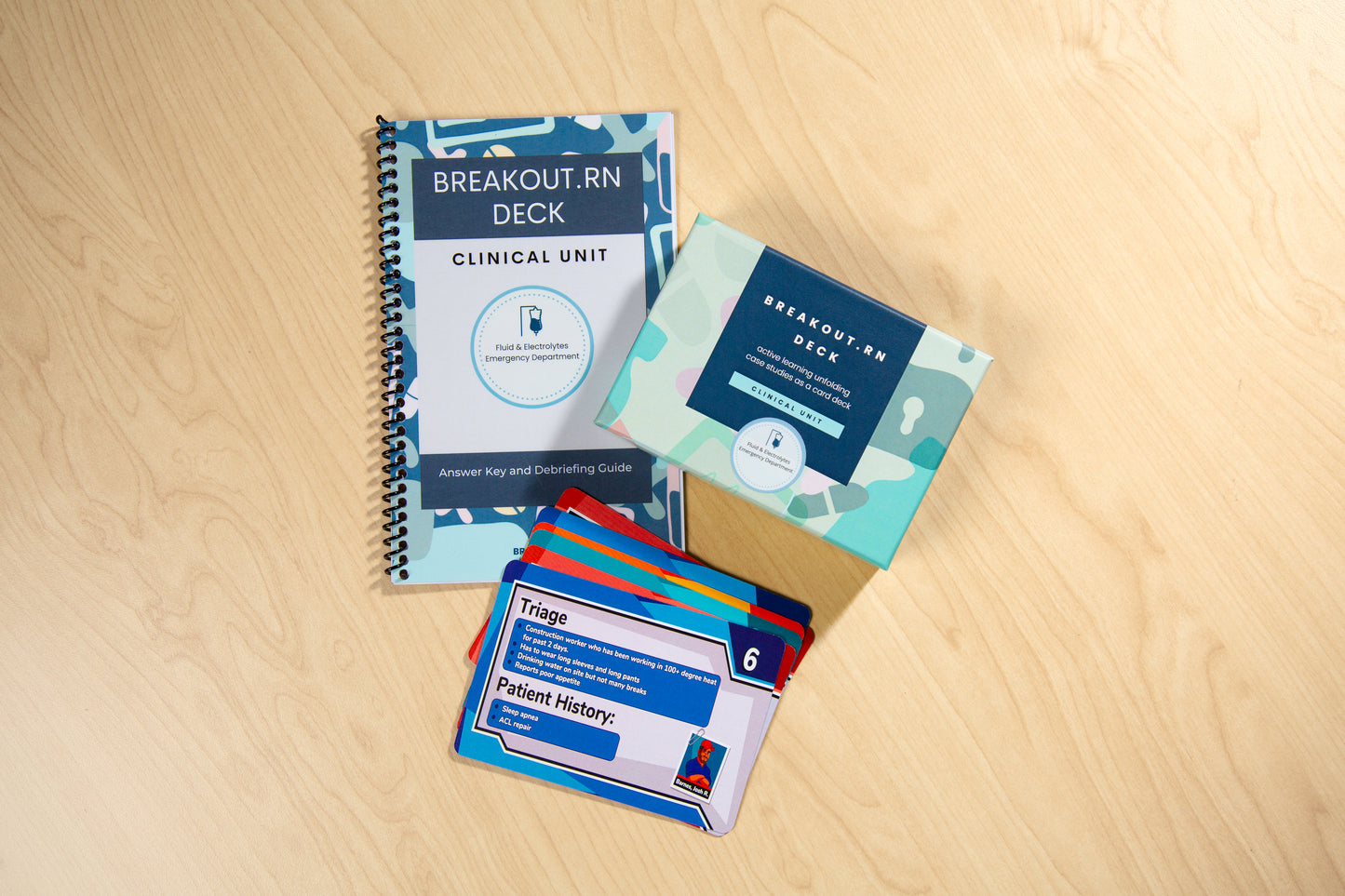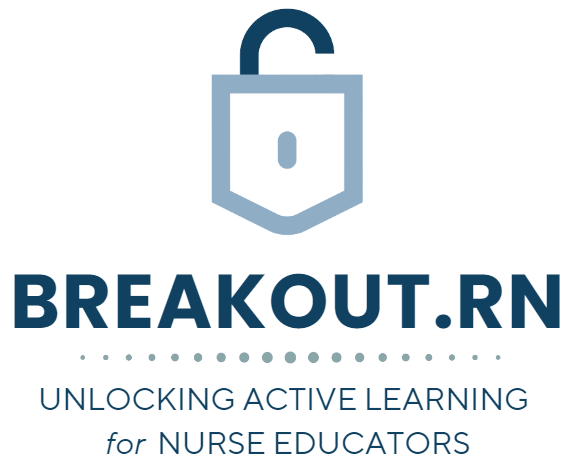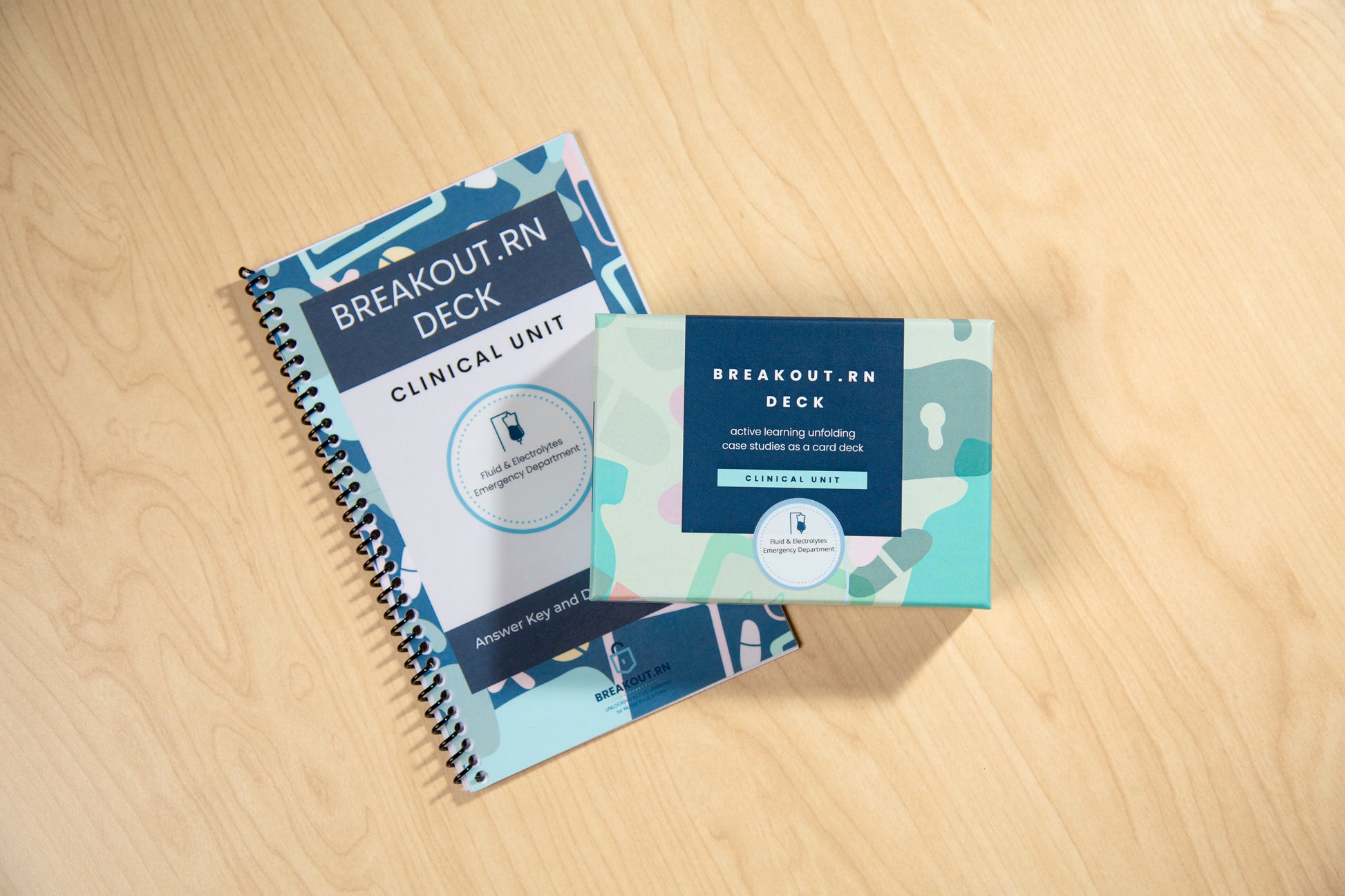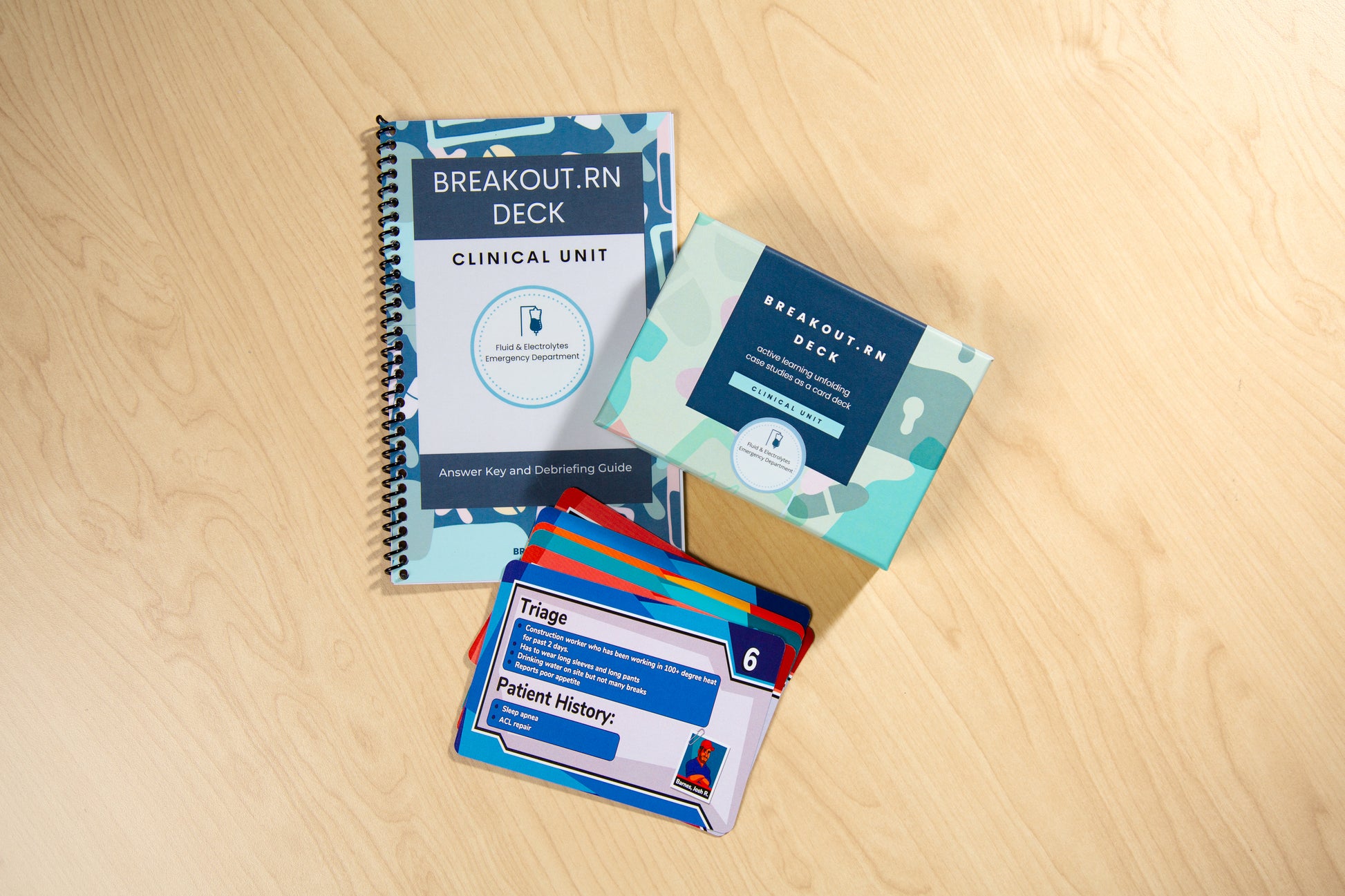1
/
of
2
breakoutrn
💧 Fluid and Electrolyte Emergency Department
💧 Fluid and Electrolyte Emergency Department
Regular price
from $99.00 USD
Regular price
Sale price
$99.00 USD
Unit price
/
per
Couldn't load pickup availability
Share
